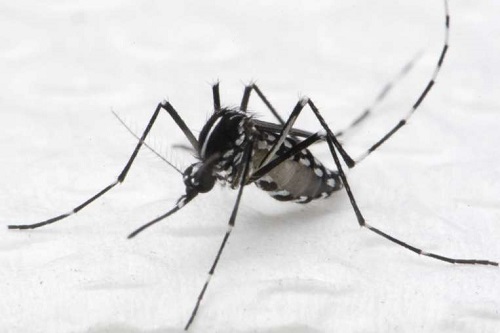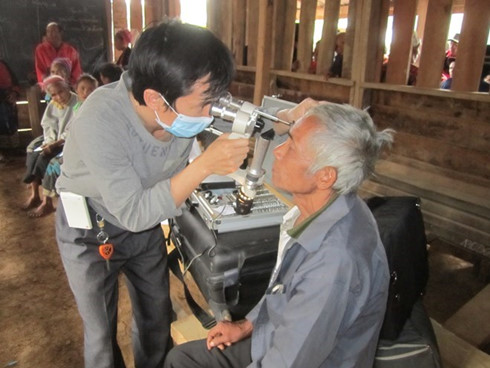Medics On High Alert For Zika Virus
Source: Vientiane Times
The Ministry of Health and Institut Pasteur du Laos last week reported that they have identified the Zika virus in 19 residents of Vientiane who were infected between 2012 and 2015.
More than 1,300 stored blood samples were tested from patients with symptoms similar to the dengue virus. Based on available information to date, the risk assessment of the likelihood of the Zika virus widely circulating in Laos is low, especially as there has been no detection of the virus so far this year.
“Despite the result of this joint assessment between WHO and the Ministry of Health, the government is on high alert and invites all technical partners who are currently working in Laos to monitor the situation. Prevention and response measures are in place,” said the Director General of the Communicable Disease Control Department, Dr Bounlay Phommasack.
The World Health Organisation (WHO) is supporting the Ministry of Health to prepare for and respond to Zika.
WHO Representative in Laos Dr Juliet Fleischl said “WHO is working with the Ministry of Health in enhancing surveillance to detect the disease, improving laboratory capacity to rapidly identify the virus, providing recommendations for clinical care, developing messages for communities, and activating mosquito control operations and community clean up campaigns.”
The Zika virus is transmitted by Aedes mosquitoes, the same mosquito that transmits dengue and chikungunya. The Zika virus causes a mild illness with a slight fever, rash, red eyes, headache and joint pain. Only 1 in 4 people infected with Zika will have symptoms. The illness lasts 4 to 7 days.
The virus is known to circulate in Asia, Africa, the Americas and the Pacific. There is also evidence to suggest it has been circulating in Cambodia, Indonesia, Malaysia, the Philippines and Thailand.
The Zika virus is currently causing large outbreaks in the Americas where there is a possible link to a condition called microcephaly in babies born to mothers infected with the virus during pregnancy.
Microcephaly is a rare condition where a baby has a smaller head size than is normal. This is due to the baby’s head developing abnormally in the womb or after birth. Children with microcephaly can have developmental problems as they grow up.
In countries that have large Zika virus outbreaks, another condition called Guillain Barre Syndrome (GBS) also appears to be linked to outbreaks of the Zika virus. GBS is a rare condition that causes gradual weakness in the legs, arms and upper body and sometimes leads to total paralysis. Most people recover fully from even the most severe cases.
“Zika prevention measures are critical,” advised Dr Fleischl. People can protect themselves from mosquito bites by using insect repellent, wearing light coloured clothes, long sleeves and covering as much of the body as possible, using window screens, and sleeping under mosquito nets, especially during the day when the Aedes mosquitoes are most active.
Everyone should clean in and around their house at least once a week by emptying or covering containers that can hold water, such as buckets, flower pots and tyres, so that mosquitoes cannot use them to breed. “WHO advises that women who are pregnant or who are planning to become pregnant should take extra care to protect themselves from mosquito bites,” Dr Fleischl said.
Women who are pregnant should discuss their travel plans with their health care provider and consider delaying travel to any area where locally acquired Zika infection is occurring.
The virus is spread by mosquitoes, and not by person-to-person contact, though a small number of cases of sexual transmission have been documented. Zika has been found in human semen. Two reports have described cases where Zika has been transmitted from one person to another through sexual contact. Until more is known about the risk of sexual transmission, all men and women returning from an area where Zika is circulating – especially pregnant women and their partners – should practice safe sex, including through the correct and consistent use of condoms.
At the global level, WHO is coordinating with countries that have reported outbreaks of the Zika virus and other partners to investigate and respond to the potential relationship between Zika and microcephaly, as well as any other possible complications.




